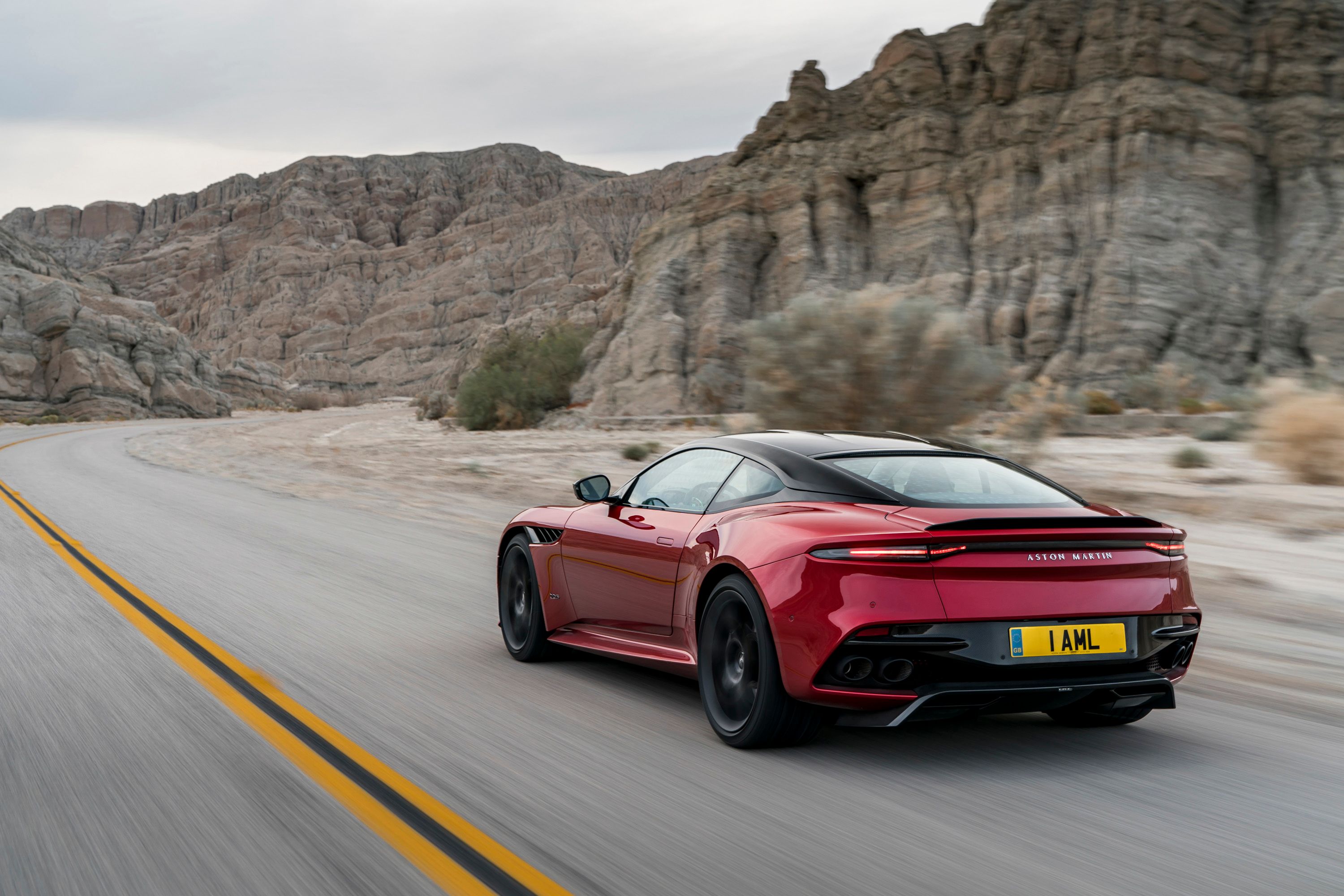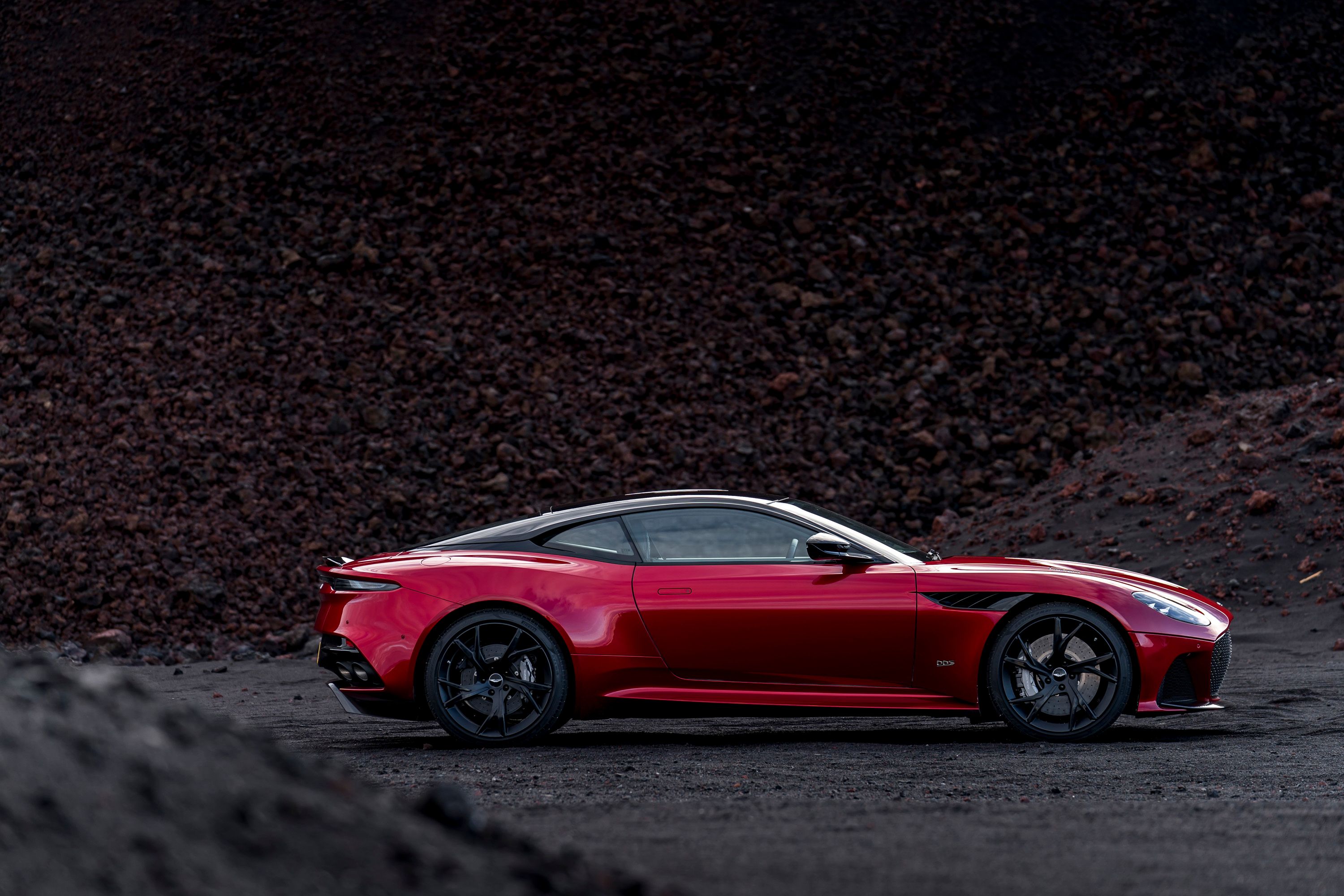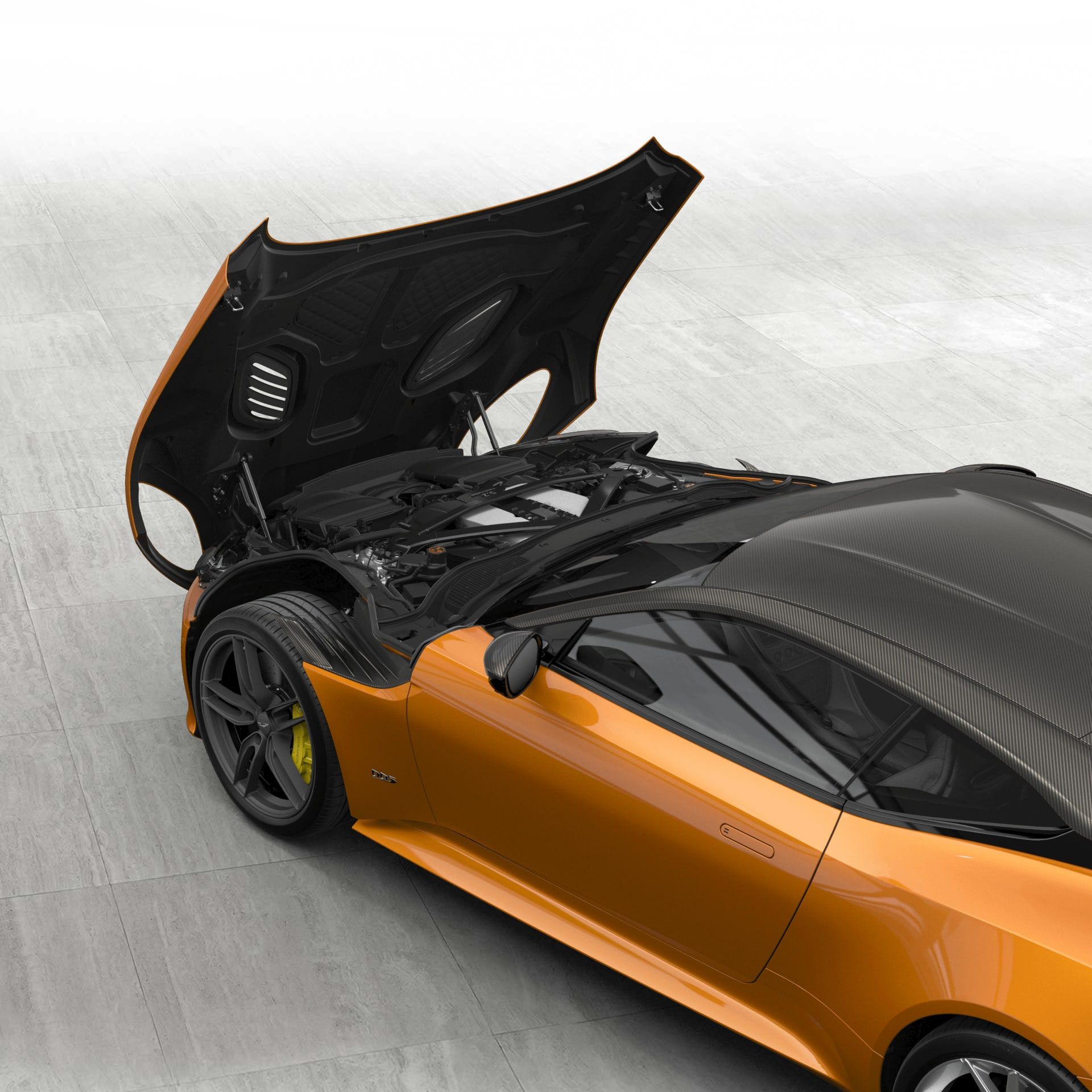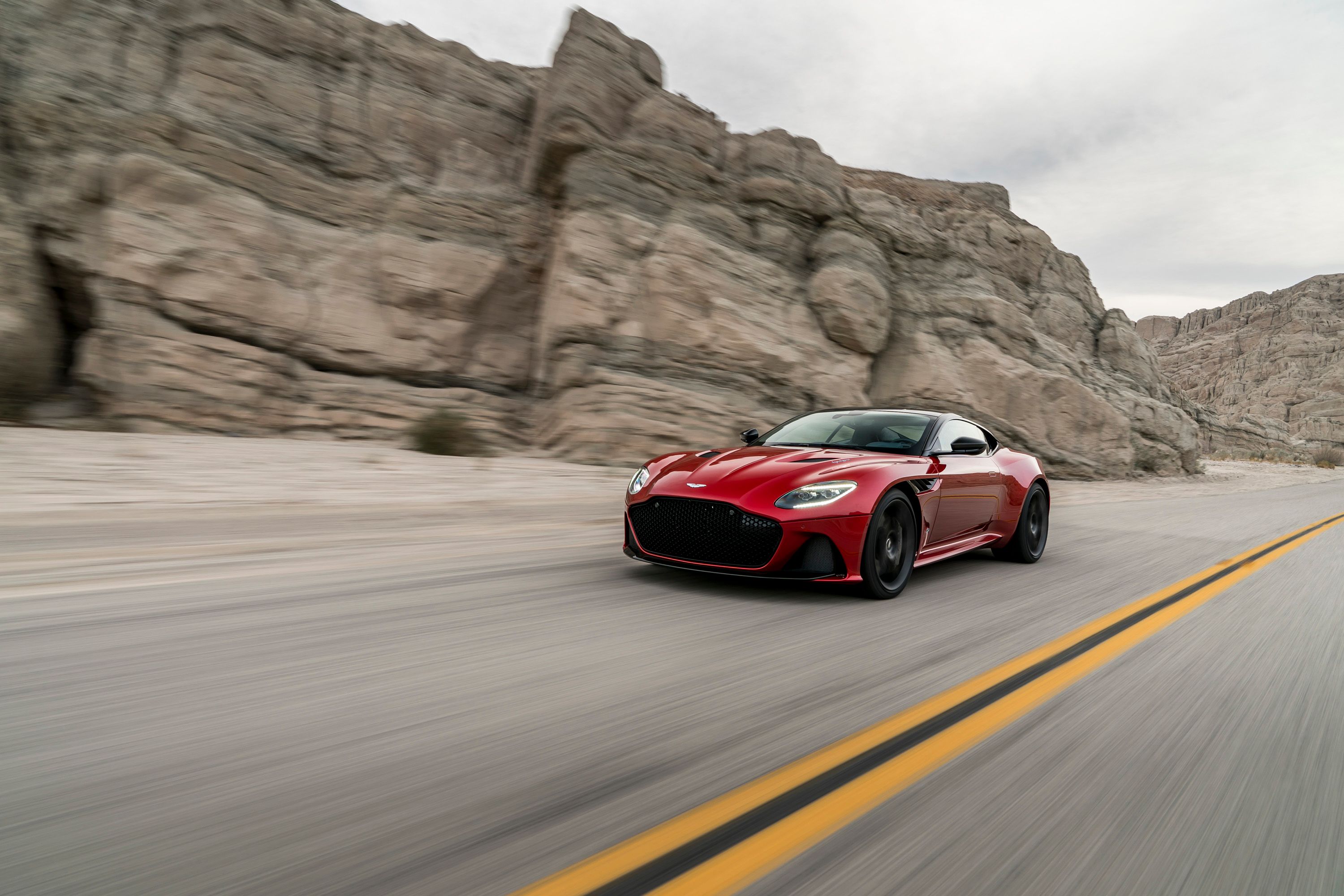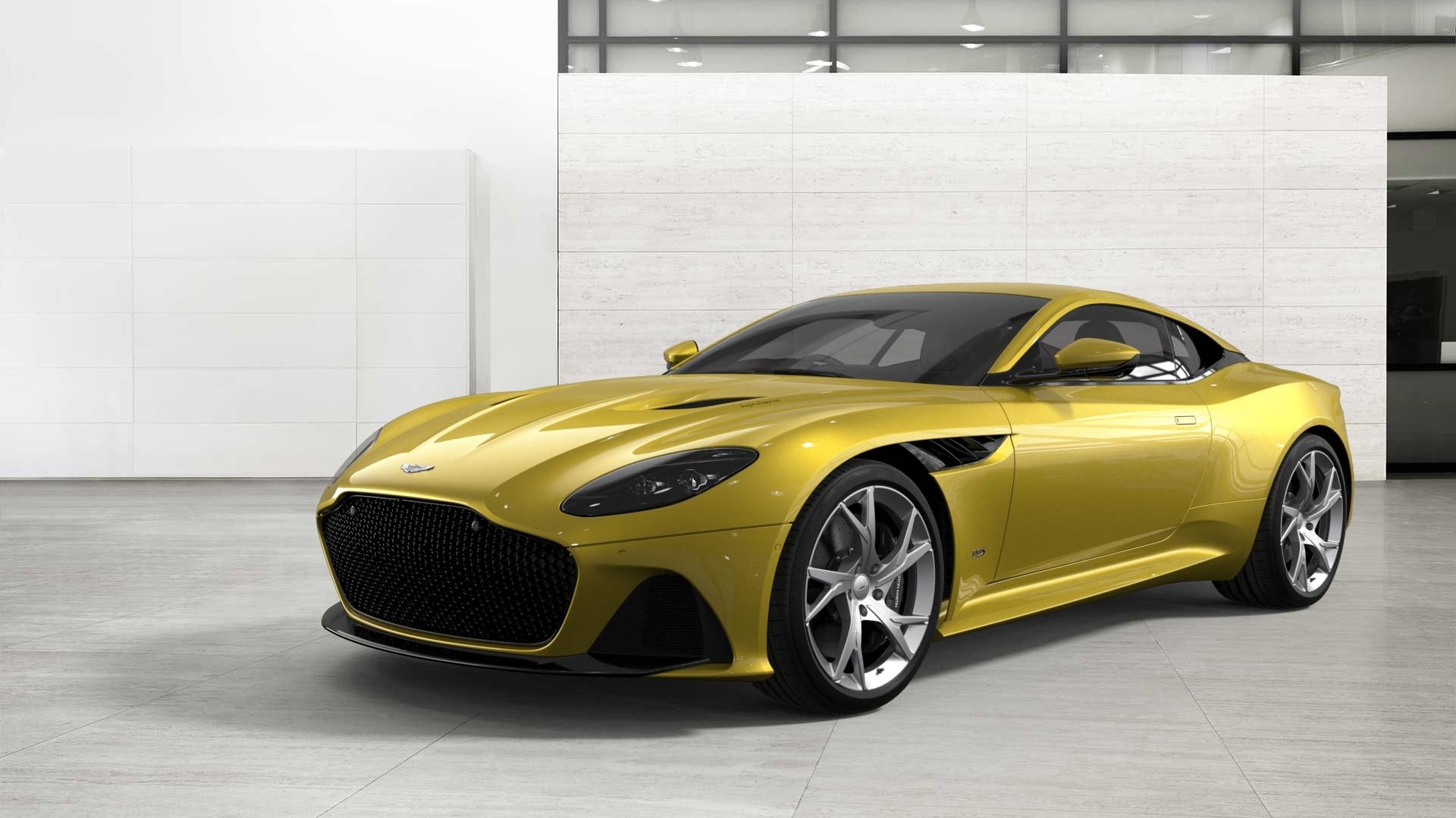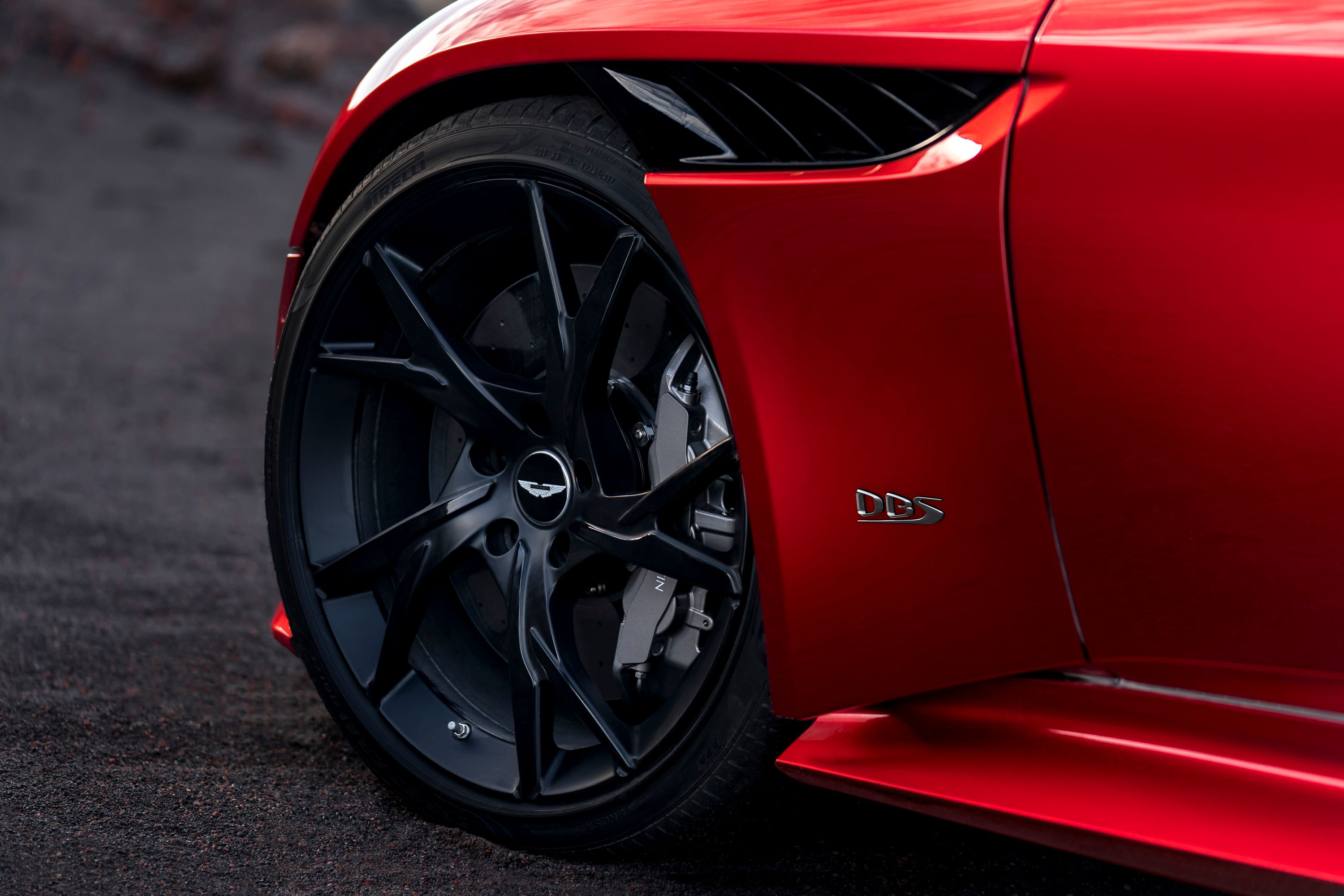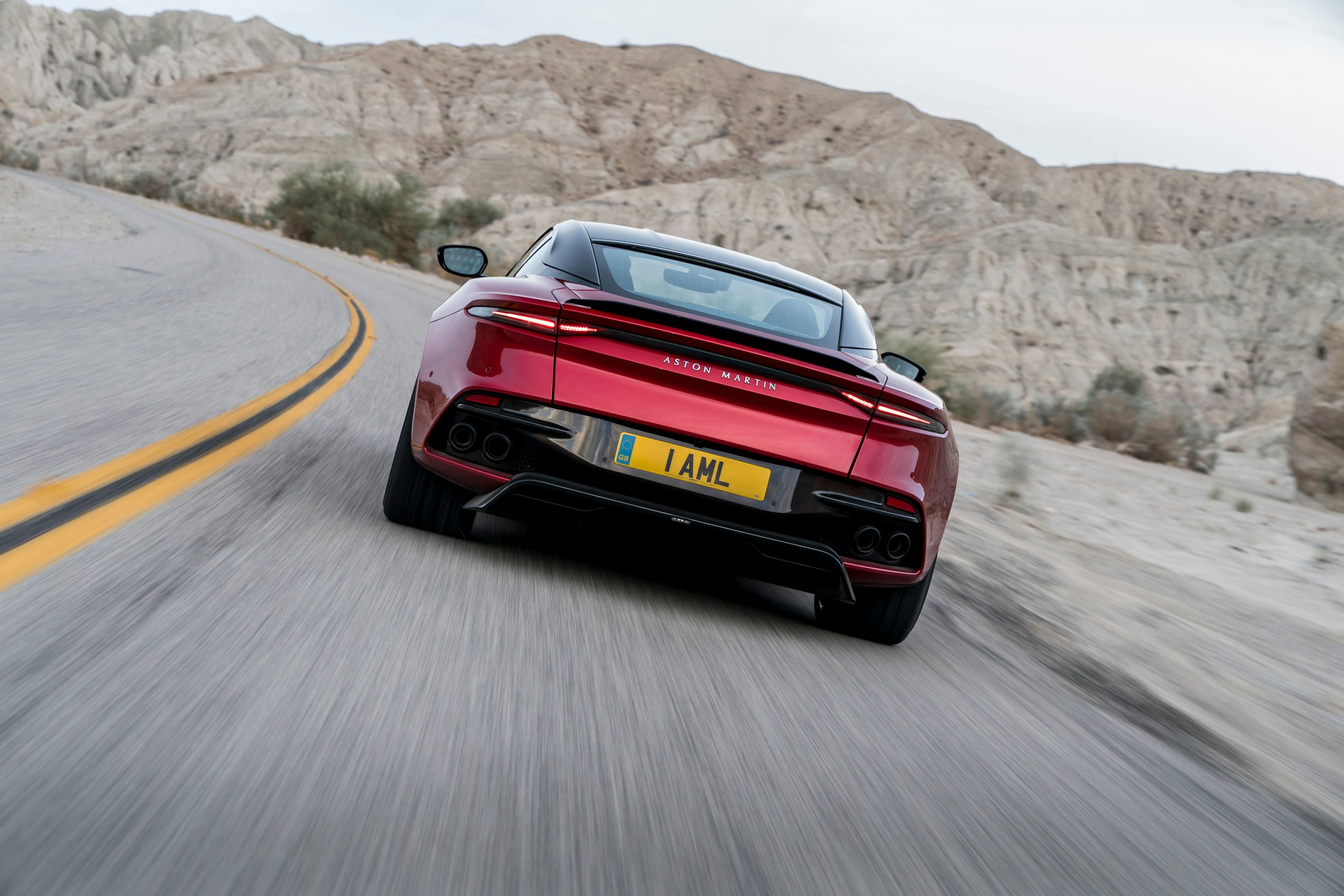Appearing to the delight of the entire world, the latest Aston Martin DBS Superleggera has been almost unanimously declared the best iteration of Aston Martin's new design language. Yet, you are not here to read about the sexy shapes and curves of the latest British super GT.
“The DBS Superleggera not only marks the return of a great Aston Martin name, but signals our return to the very pinnacle of the Super GT sector,” Andy Palmer, Aston Martin’s CEO, comments. “Handsome beyond measure, its lightweight carbon composite and aluminum body is sculpted into a shape with tremendous presence and charisma.”
Learn about five most important features of the new Aston Martin DBS Superleggera which make it one of the most advanced and most thrilling Super GTs in the world. As the word supercar lost its true meaning all the way back when people started calling the GT-R a supercar, I will go out on a limb and say it - I think that the DBS Superleggera is closer to being a supercar than any other sports cars ever was.
5. Carbon Fiber Body
Somehow, weight is always a major issue for the big V-12 powered Aston Martin GTs. To tackle the issue of weight, Marek Reichman, Chief Creative Officer, and his team worked endlessly finding solutions. It was decided, the new Aston Martin DBS Superleggera, which means super light in Italian, will use carbon fiber wherever possible. Where it's not, aluminum will have to do. Shaping the new body with the massive front grille and dedicated side gills was a fun process, but making it all in lightweight carbon fiber required some serious calculations.
In the end, however, the results speak for themselves. The Aston Martin DBS Superleggera is 159 lbs lighter compared to the DB11. The carbon fiber body did much of the dieting, but carbon ceramic brakes and some other weight saving measures were introduced too. Finally, Aston Martin managed to lower the weight to 3,732 pounds. Not exactly light, but one cannot expect hot-hatch light with a super GT of the DBS status with a V-12.
4. 715 Horsepower, V-12 Engine
The 5.2-liter, twin-turbocharged, V-12 engine that Aston Martin revealed with the introduction of the DB11 motivates the DBS Superleggera as well. It is an engine developed by Aston Martin but produced in Ford’s Cologne plant. Bear in mind; it does not have anything in common with the old 5.9-liter, V-12 Aston Martin used for the previous DBS. Actually, I researched it thoroughly, and one Aston Martin representative said that the new engine shares only one thing with the old Ford unit - “it’s only a fuse. I think.”
While 600 horsepower in the DB11 sounds awesome, the DBS Superleggera needed a lot more to fight its nemesis from Maranello. Aston Martin increased the power so elegantly; it’s almost absurd. By tweaking the ECU and installing a less restrictive exhaust, power out has been increased to 715 horsepower at 6500 rpm and 664 pound-feet of torque from 1800 rpm through to 5000 rpm. Who knows what kind of potential is hidden within this V12.
By mounting the engine as far back in the chassis and as low as possible, Aston Martin altered the weight balance and lowered the car's center of gravity. Further back, the power is transferred to the rear wheels by a new eight-speed ZF automatic transmission, carbon-fiber prop shaft, and a mechanical limited-slip diff.
Such a setup allowed the DBS Superleggera to accelerate to 62 mph in mere 3.4 seconds. Not convinced in its supercar status yet? It will do 50-100 mph in 4.2 seconds. Faster than the Ferrari 812 Superfast. And, this performance figure is what really counts. On the street and on the track. Not in a pub though.
3. 396 Pounds of Downforce
Interestingly, 396 lbs of downforce is the highest downforce figure for any Aston Martin production car ever. To achieve such an incredible value, but not cripple the low drag coefficient, Aston Martin designers introduced a number of unique solutions and race car sourced features including the innovative Aeroblade II system, double-diffuser, deeper side strakes, and “Curlicue” to reduce front-end lift. Some of these have been taken from the Vulcan and the Vantage GTE, only showcasing what Aston Martin wanted to do with the DBS Superleggera.
In conjunction with the front splitter and almost flat underside, the air beneath the car is accelerated hitting the rear diffuser which is one of the major contributors to the creation of 396 lbs of downforce.
Other aerodynamic trickery includes the transplantation of the DB11s side strakes. Now additionally improved for the DBS, these help the Superleggera release the high-pressure created within the wheel wells. Less pressure there equals better poise on the street and better high-speed stability.
The final astonishing touch is the integration of the Aeroblade II technology. Aston Martin says, “Aeroblade ll cleverly ducts airflow to generate additional drag-free downforce.” It does so by channeling the air through the openings in the C pillar and pushing it back just under the small spoiler. It is a smart system that helped Aston Martin design cars with as few design intrusions as possible.
All in all, downforce numbers for the DBS Superleggera show how much thought went into making it worthy of its name.
2. Bespoke Suspension
Moving this beauty with poise and stability required the engineers to rethink the suspension setup. While the car is based on top of an advanced DB11 architecture, the suspension is a bespoke setup with the latest generation of adaptive dampers, forged double wishbones at the front and multi-link setup at the back.
The suspension was dropped by 5 mm compared to the DB11 and gained increased camber along with a stiffer rear subframe. Just how far engineers went with improving the steering and dynamics of the car is best shown by the new reimagined engine mounts. They are active units which control engine movements better and seriously improve the steering response by allowing for more control of the moving masses at the front. This may be just a small addition, but in the grand scale of things, this is a link that makes the DBS better than any production Aston to this day.
All of this affected the steering and the dynamics of the car. It is far more precise and definitely sharper than the car it is based on. Sitting on 21-inch wheels shod in bespoke 265/35 and 305/30 Pirelli P Zero tires, the DBS Superleggera once again eagerly showcases its hardcore nature and desire to “stretch its legs” over some track tarmac. Three modes are available for the driver - GT, Sport, and Sport Plus, with the possibility to turn off basically all electronic aids. A treat for those who have the know-how.
1. Carbon Ceramic Brakes
Stopping this monster isn’t an easy task. That is why the 21-inch wheels hide massive carbon-ceramic lightweight brakes measuring 410 mm at the front and 360 mm at the rear. Although based on top of the brakes used for the V8 Vantage, these units received newly developed piston calipers to better handle DBS’s heft. Then, the master cylinder and some other parts of the brake assembly have also been replaced. All with one purpose - to make braking quicker by shortening the pedal travel and making it respond faster to any driver input.
Installing high-performance brakes with better thermal capacity had some effects on how the Dynamic Torque Vectoring system works too. It is a system designed to use brakes in order to slow down a certain wheel, usually an inner wheel, thus additionally improving cornering abilities. Now with brakes that actually won't catch fire, it is easier to utilize this automatic system even better.
Interestingly enough, the brakes aren't designed only to work great, but to look the business as well. As standard, the brakes do come with Dark Anodised calipers but cash out a bit more, and you can get those calipers in Black, Red, Grey or Yellow.
Bonus Fact
Along with introducing the DBS, Aston Martin showcased a limited run of 50 Tag Heuer watches that would fantastically complement the DBS Superleggera. Aston Martin and Tag Heuer formalized their relationship at the Geneva Motor Show earlier this year showcasing a set of bespoke chronograph timing pieces designed specifically to complement Aston Martin machinery. With the introduction of the new partnership, the Swiss timekeeper also announced a comeback to the World Endurance Championship (WEC). They partnered with the Vantage GTE WEC team at the recent 24 hours of LeMans event. The DBS Superleggera can’t get much more supercar that this, can it?
Further reading
Read our full review on the 2019 Aston Martin DBS Superleggera.
Read more Aston Martin news.

